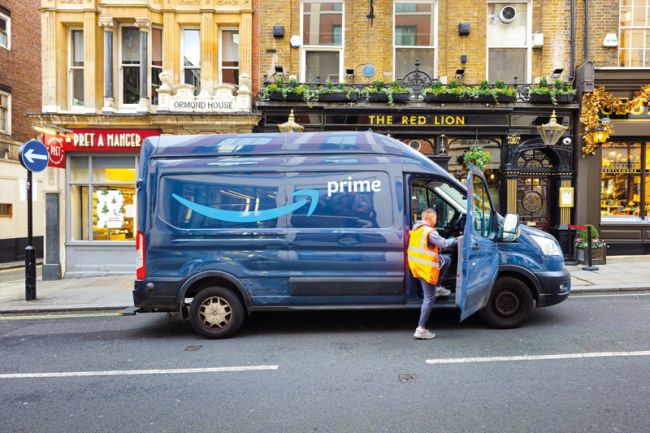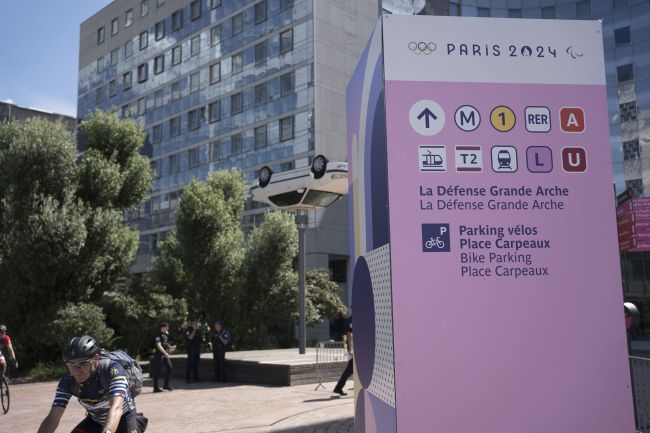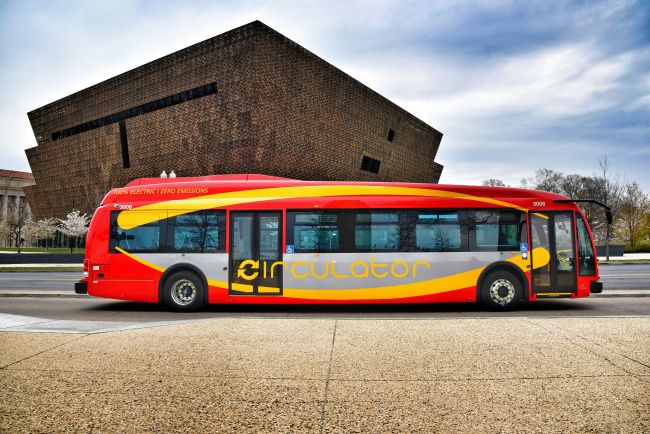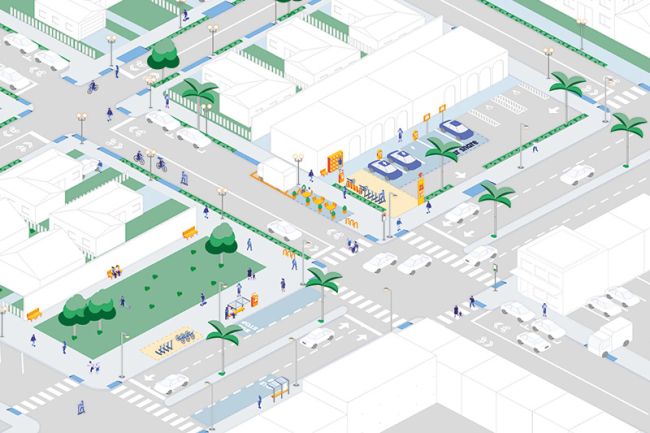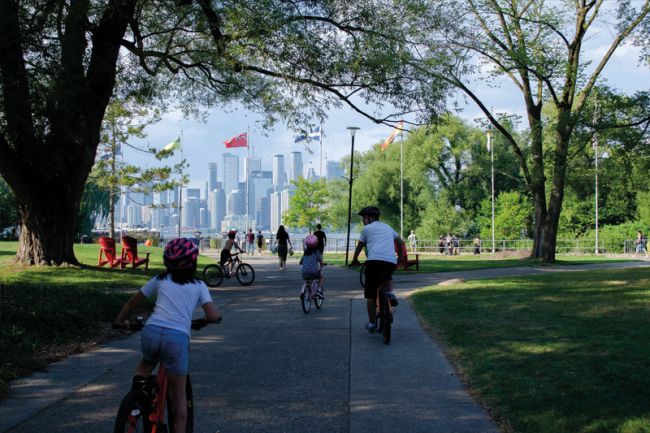Top tips for planning a workplace PTP
Authorities clearly see PTP as a means to both reducing carbon emissions and supporting economic growth.

Looking through a sample of the bids to the DfT for Local Sustainable Transport Funding (LSTF), a large number of authorities clearly see personal travel planning (PTP) as a means to both reducing carbon emissions and supporting economic growth. It has been proven to be effective alongside other measures, including as a key tool to promote new infrastructure. Interestingly it is not only residential PTP that is prevalent, where travel advisers typically call door to door and engage households in a conversation about all of the trips they make by any mode. There are many authorities who have proposed the delivery of PTP at workplaces as a means of reducing congestion on local roads as well as improving access to employment.
The PTP best practice guidance published by DfT in 2007, and for which we sat on the project steering group, focused only on residential PTP. Workplace PTP projects have been fewer in number, and best practice has not been shared so extensively. Steer Davies Gleave has delivered PTP in workplaces for many years and we have learnt a lot about what goes well, but as importantly what does not. Here are our top tips for how to plan your workplace PTP.
1. Target the right workplaces. As with residential PTP, make sure there are alternative means of getting to work available – are there bus routes/ train stations nearby, is it an area people are likely to cycle to? And make sure there is someone in the workplace who is enthusiastic and wants to make this happen.
2. Understand the workplace – do your research before delivering the PTP. What support is there for sustainable transport (is there a cycle to work purchase scheme? Is there cycle parking – what is the spare capacity? Is there a season ticket loan scheme?) Also how do they communicate to their staff – how will they encourage staff to participate in a PTP session?
3. Identify the most effective means to deliver the PTP in that workplace – will it be by going desk to desk, or arranging pre booked appointments, or setting up in a communal area to attract passing trade? We have found that it differs by organisation, and in diverse organisations by groups of staff. Be flexible.
4. Have the right supporting tools? We employ Motivational Interviewing techniques in our projects where the adviser challenges habitual behaviour and gives people the time and opportunity to explore how they feel about their travel. In addition, be ready to offer accompanied bike rides and taster bus tickets in addition to good local maps – make the transition from commitment to actually trialling a new mode of transport an easy one.
5. Build a relationship: don’t just go once. In Bristol, where we employ a Roadshow team to deliver sustainable travel advice and support primarily at workplaces, they have seen the value of going back again and again. The happy customers from the first visit have told fellow staff about the value they have gained from the advice and we also see many repeat customers. Indeed as we learn more about the workplace the value of our sessions increases as we know best how to engage.



